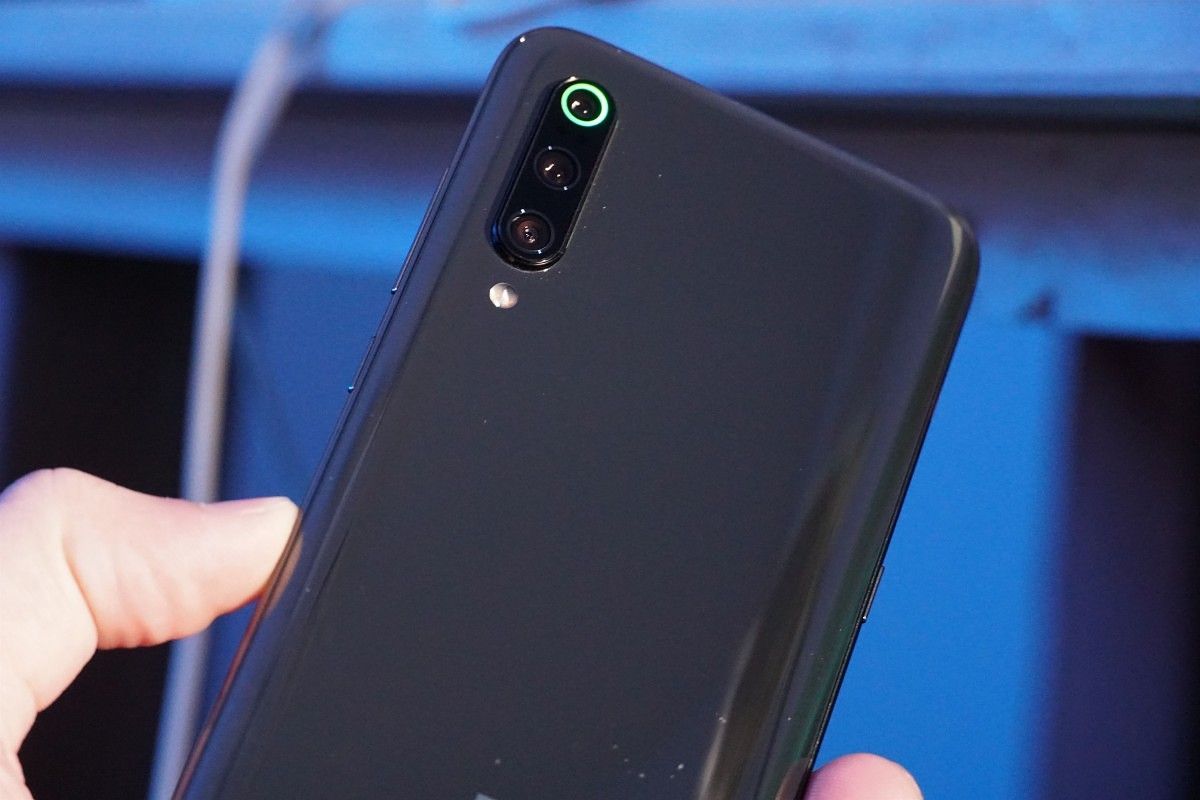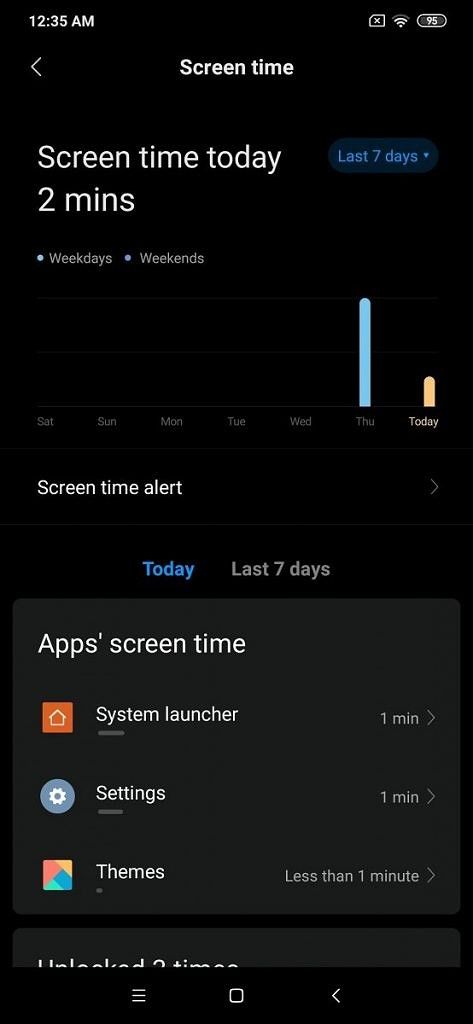Ahead of the launch of Android Q Beta 5, Xiaomi announced that they were recruiting beta testers for an Android Q release with MIUI on top. That build has since been rolled out to 400 beta testers hand chosen by the company, though we've managed to get our hands on the same build thanks to a leak. Here's a first look at MIUI based on Android Q on the Xiaomi Mi 9.
Android Q on the Xiaomi Mi 9 is based on MIUI 10 - For Now
First and foremost, Android Q on the Xiaomi Mi 9 is, for now, still based on MIUI 10. That means that you get all of the same features that you've come to expect from it, and none of the new features like new icons and ultra power saving mode that's set to arrive with MIUI 11. There are no pre-installed Google apps either, as this is a China ROM. However, a Google Play Services stub is actually pre-installed, making it easy to get regular Google apps if you want.
You get a lot of pre-installed Xiaomi applications as well, though most of them are for Chinese users. For example, the Mi AI app is Xiaomi's equivalent of the Google Assistant, and it warns me that it only works in Mandarin once I open it. There is also a Mi Store for purchasing Xiaomi products, alongside an App Store filled with the Chinese versions of popular applications. These are all standard apps from Xiaomi when you use a Chinese ROM, so there's not much to see here.
New(ish) features
While obviously there are some Android Q goodies to unpack here, MIUI itself is always changing and getting additional features. We checked for 3D Air Gestures, a dedicated app drawer in the launcher, and tasks in the MIUI Notes app, but sadly none were present. It does sort of make sense though - Xiaomi is focused on getting Android Q up and running first, so features that are currently only in the beta channel of Chinese builds probably won't have made the cut yet. There is, however, the new Screen Time option which acts sort of like Google's Digital Wellbeing. There is also a system-wide dark mode, just like before, though it's also an added feature of Android Q.
A new launcher
You may have noticed up above what I first noticed when I booted up the phone and went to my home screen. I was surprised by — what looks to be — a new launcher. Check out the video below, which gives you a view of it all. You can see that there's a menu to the left when you swipe, along with another when you swipe up. The search bar has also been relegated to the bottom, and the icons have been somewhat re-arranged. The widgets at the top also have a slightly different font than before.
https://www.youtube.com/watch?v=vr1J-Hfj4P4
Android Q features
While a lot of Android Q's features are under the hood, there are a few changes that face the user. For starters, there are new theming options accessible in the developer options complete with accent colors. You can set a custom icon shape, accent colors, and even a font. Sadly, none of these options work yet, even after a reboot.
Even better, there are now more advanced permissions relating to location, just like on iOS. For example, when an application asks for GPS access, you can enable it for the duration of the time that you have the app open, rather than giving it blanket access forevermore. Finally, you can also create notification groupings. I marked a notification as unimportant, and it went into a folder filled with other unimportant notifications as well. To view my unimportant notifications, I simply had to tap the folder and it showed me all of them.
Android Q bugs
Sadly there are bugs, and quite a lot of them for the moment, rendering it rather unstable to be used as a daily driver. The camera occasionally crashes, I couldn't get audio to play correctly, and it can be prone to random reboots. All of that will more than likely be ironed out before release, but at the moment, it's certainly not ready yet. The lack of Google services is also annoying for western users, and there's a lot of Chinese text still left through the system. Some features that should be there are also absent, like the aforementioned theme options. Also worth noting is that trying to access the battery statistics results in the battery application force closing.
At the moment, however, it's great to see the progress of Android Q on the Xiaomi Mi 9 so far. It runs pretty well and a lot of features are already implemented. We'll be keeping an eye out for any more updates!


